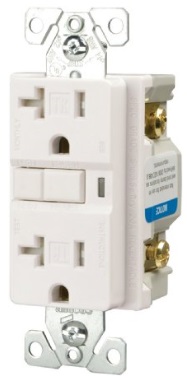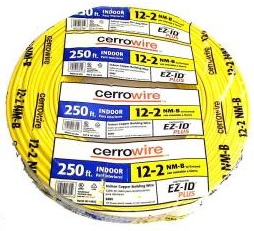Electrical
Everything you need to know about code compliant electrical wiring for your house.
Random notes (not yet sorted)
Washington State requires 6” between high and low voltage wiring (in the house walls), which is according to NEC.
If you’re going to run low-voltage conduit (which I personally do not bother with), consider using PEX. It’s a smooth, continuous pipe, flexible enough to bend around corners, stiff enough to prevent right angle bends that would snag cable, and it’s intended for home-run (starred) type systems.
Basic rules
Keep high voltage and low voltage very separate
Don’t share holes. Don’t share wire bundles. Don’t share boxes.
Don’t run wire in air ducts.
The rules-of-thumb for running low voltage cabling
Try to maintain 12 inch separation from HV on parallel runs; the longer the run, the more important this is.
Cross HV at right angles.
Keep your runs neat and well-corralled.
Leave a longer loose end at the box and at the wiring closet than you think you need.
Run more than you think you’ll need.
Run better quality than you think you need.
Cat6 or better for network; RG6 or RG6Quad for Cable/Satellite/OTA.
Run 4-pair for telephones (use up that leftover Cat5).
Use good quality “F”-type compression ends on coax.
Use a real tool to install those fittings on the wire.
Don’t run wire through an air duct.
Consider running plastic conduit.
Take photos before the drywall goes up or the floor
sheathing goes down.





